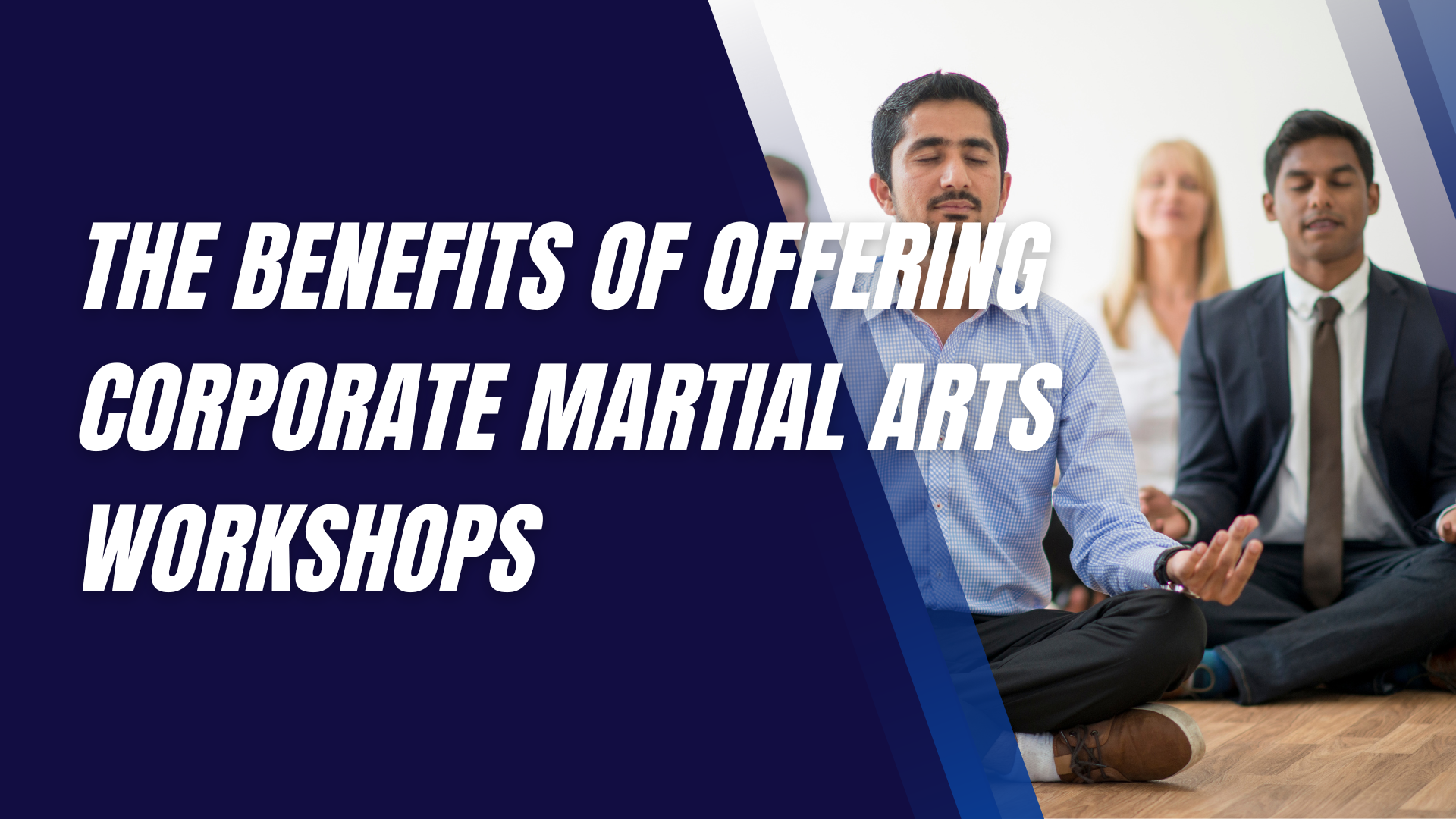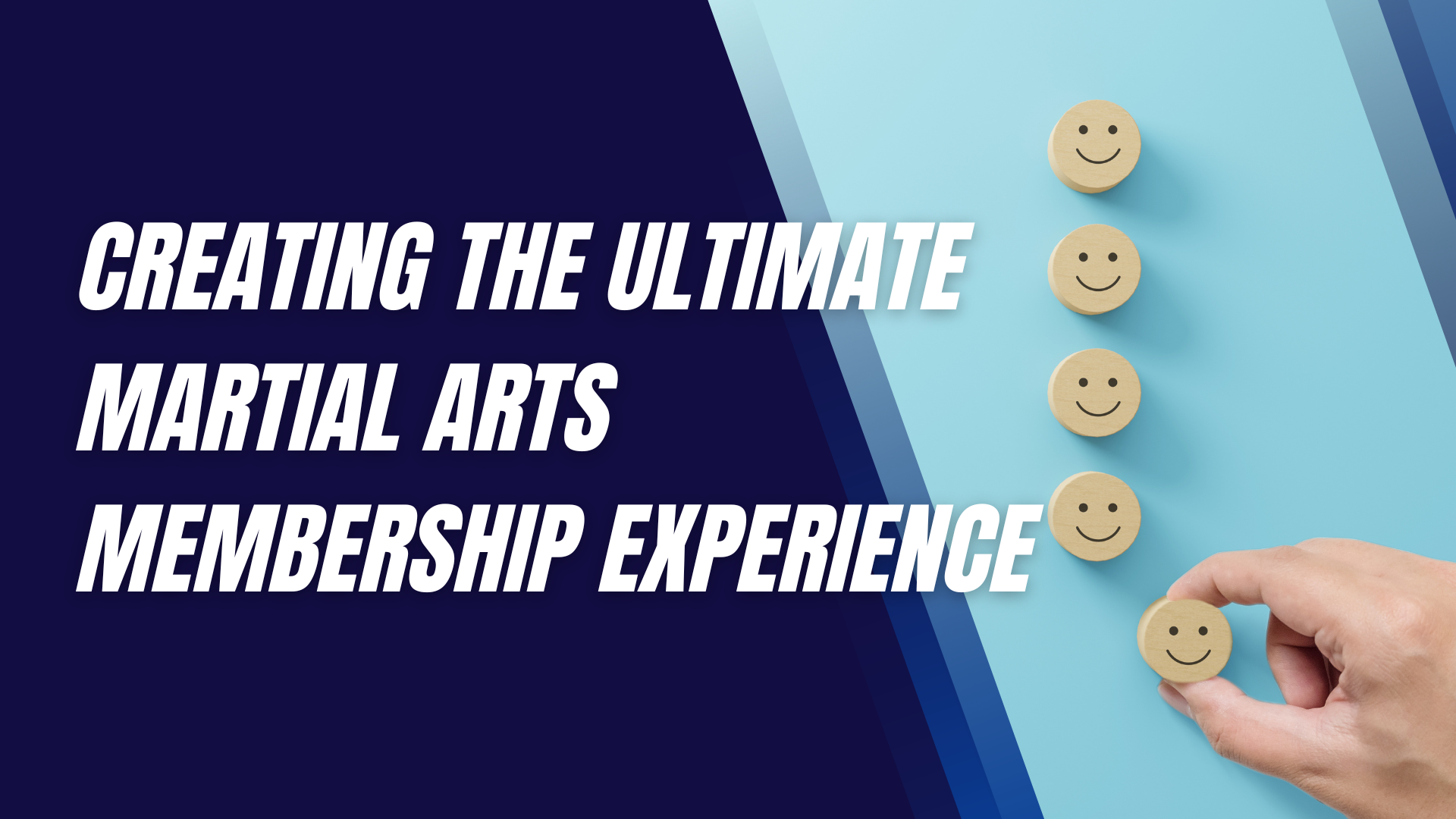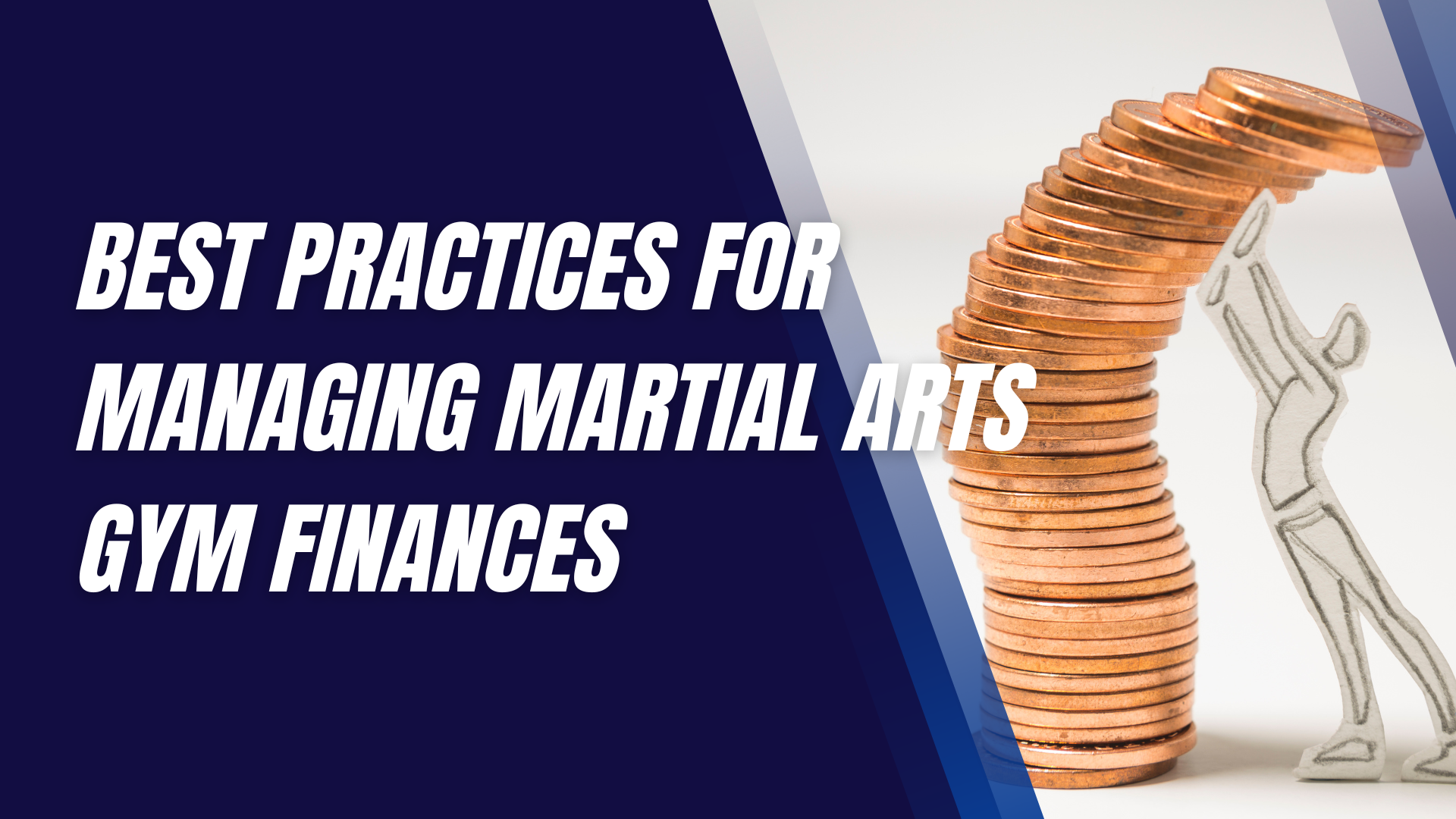Strategies for Preventing Martial Arts Overuse Injuries
Martial arts is an incredible blend of physical skill, mental discipline, and strategic thinking.
Whether you’re practicing karate, jiu-jitsu, taekwondo, or any other form, martial arts demands a lot from your body. But with intense training often comes the risk of overuse injuries. These injuries can sneak up on you, gradually developing from repetitive strain and improper techniques, potentially sidelining you for weeks or even months. So, how can you keep pushing your limits without pushing your body too far? Let’s dive into some essential strategies to prevent these pesky overuse injuries.
Understanding Overuse Injuries in Martial Arts
Overuse injuries are like that annoying friend who overstays their welcome—they start small, almost unnoticeable, but gradually grow into a significant problem. These injuries result from repetitive stress on muscles, tendons, and joints, often without adequate recovery time. In martial arts, common overuse injuries include tendinitis, stress fractures, and muscle strains, particularly in the shoulders, knees, and wrists. These injuries are usually caused by repetitive motions, poor techniques, or simply overtraining without giving the body enough time to recover.
The Importance of Proper Technique
Ever heard the saying, "Practice makes perfect"? In martial arts, it's more accurate to say, "Perfect practice makes perfect." Poor technique is one of the leading causes of overuse injuries. When you perform moves incorrectly, you place unnecessary strain on your body, which over time, can lead to injuries. This is why it's crucial to focus on form and technique. Always listen to your coach’s corrections and don’t rush through learning new moves. Quality over quantity is key here—perfecting the basics before moving on to more complex techniques can save you a lot of pain down the road.
Adequate Warm-Up and Cool-Down Routines
Skipping warm-ups is like driving a car without warming up the engine—it might start, but it's not running optimally. A proper warm-up increases your heart rate, loosens your muscles, and prepares your body for the physical demands of martial arts. Spend at least 10-15 minutes on dynamic stretches, light cardio, and mobility exercises tailored to your martial art. Cooling down is just as important; it helps bring your heart rate down gradually and promotes flexibility. Incorporate static stretching after your session to help reduce muscle soreness and speed up recovery.
Strength Training for Injury Prevention
Strength training isn't just for bodybuilders—it’s a vital component of injury prevention for martial artists. Strong muscles support your joints and reduce the strain on your tendons and ligaments. Focus on functional strength exercises that mimic the movements in your martial art, like squats, lunges, and core workouts. Remember, the goal isn’t to bulk up but to build strength, endurance, and stability. Incorporate strength training into your routine 2-3 times a week, balancing it with your martial arts practice to avoid overtraining.
Flexibility and Mobility Exercises
Flexibility is your best friend in martial arts, allowing you to perform techniques with a full range of motion and reducing the risk of strains. Regularly practice mobility exercises like leg swings, hip rotations, and shoulder rolls. Yoga and Pilates are excellent for improving overall flexibility and can be a relaxing way to recover from more intense workouts. Incorporating flexibility training into your routine can help keep your muscles pliable and ready for action.
Listening to Your Body
Your body is constantly sending you signals, and it’s up to you to listen. Feeling a persistent ache? That’s your body’s way of telling you it needs a break. Ignoring these signs can turn a minor issue into a major injury. If something doesn’t feel right, take a step back. Rest is not a sign of weakness; it’s a crucial component of any training program. Use rest days to focus on other aspects of your training, like mental conditioning or light cross-training, but don’t skip them altogether.
Proper Nutrition and Hydration
You wouldn’t expect a car to run without fuel, so don’t expect your body to perform at its best without proper nutrition and hydration. Eating a balanced diet rich in protein, healthy fats, and complex carbohydrates fuels your muscles and aids in recovery. Staying hydrated keeps your joints lubricated and helps prevent cramps and muscle fatigue. Focus on eating whole foods and consider consulting a nutritionist for a personalized meal plan tailored to your training needs.
The Role of Cross-Training
Cross-training is a fantastic way to improve overall fitness without overloading the same muscle groups repeatedly. Activities like swimming, cycling, or even light jogging can provide a break from your usual routine while keeping you active. Cross-training helps build endurance, improve cardiovascular health, and can even aid in muscle recovery. Just be sure to choose low-impact activities that complement your martial arts practice.
The Importance of Rest and Recovery
We often glorify pushing through the pain, but when it comes to overuse injuries, rest is your best defense. Scheduling regular rest days into your training plan allows your body to repair itself and grow stronger. Active recovery techniques, such as light stretching, foam rolling, or a gentle yoga session, can also help speed up recovery without putting additional strain on your body.
Using Protective Gear and Equipment
Protective gear isn’t just for show—it’s a crucial aspect of injury prevention. Whether it’s hand wraps, knee pads, or shin guards, using the right equipment can protect vulnerable areas from excessive strain and impact. Make sure your gear fits well and is appropriate for your martial art. Regularly inspect your equipment for wear and tear, and replace it as needed to ensure it provides the necessary protection.
Gradual Progression in Training
It’s tempting to want to accelerate your progress, especially when you’re feeling good. But jumping too quickly into intense training or advanced techniques is a recipe for overuse injuries. Progress gradually, allowing your body time to adapt to increased demands. Set realistic goals and celebrate small milestones rather than pushing too hard, too fast. Consistent, steady improvement is much safer and more sustainable than sudden leaps in intensity.
Mental Strategies to Prevent Overuse Injuries
Martial arts isn’t just a physical discipline; it’s a mental one too. Stress and lack of focus can contribute to injuries just as much as physical factors. Incorporate mental training into your routine, such as visualization techniques, breathing exercises, or meditation. Managing stress and staying mentally resilient can help you stay focused during training and reduce the risk of careless mistakes that lead to injuries.
The Role of Regular Check-Ups and Physical Assessments
Just like a car needs regular servicing, your body benefits from periodic check-ups, especially if you’re training intensely. Regular physical assessments can help identify potential problems before they turn into injuries. Sports therapists, chiropractors, or physiotherapists can provide valuable insights into your body mechanics and offer personalized advice on injury prevention. Don’t wait for an injury to occur before seeking professional help—be proactive about your health.
Common Mistakes to Avoid
Even with the best intentions, it’s easy to fall into habits that increase your risk of overuse injuries. Overtraining, neglecting proper form, and skipping rest days are all common pitfalls. One of the biggest mistakes is ignoring pain and pushing through it, thinking it’s just part of the process. Pain is your body’s way of alerting you to a problem—don’t ignore it. Finally, don’t underestimate the importance of a proper warm-up and cool-down; they’re not optional extras but essential parts of your training.
Final Thoughts
Preventing overuse injuries in martial arts requires a balanced approach that includes proper technique, adequate rest, and a well-rounded training regimen. By listening to your body, prioritizing recovery, and incorporating strength, flexibility, and mental training into your routine, you can stay in the game longer and perform at your best. Remember, the goal isn’t just to train hard but to train smart. Keep these strategies in
mind, and you’ll be well on your way to a safer, more sustainable martial arts journey.
Interested in trying a martial arts class? Find an affiliated academy anywhere in the country by clicking here.
Have your own martial arts program? Get to know more about what we have to offer at Ground Standard Agency for helping martial arts businesses grow.
Email us at info@groundstandard.com, or call and text us at (732) 907-8920 today to learn how to start growing your own academy, school, dojo, or gym with us as well.
Share this article












